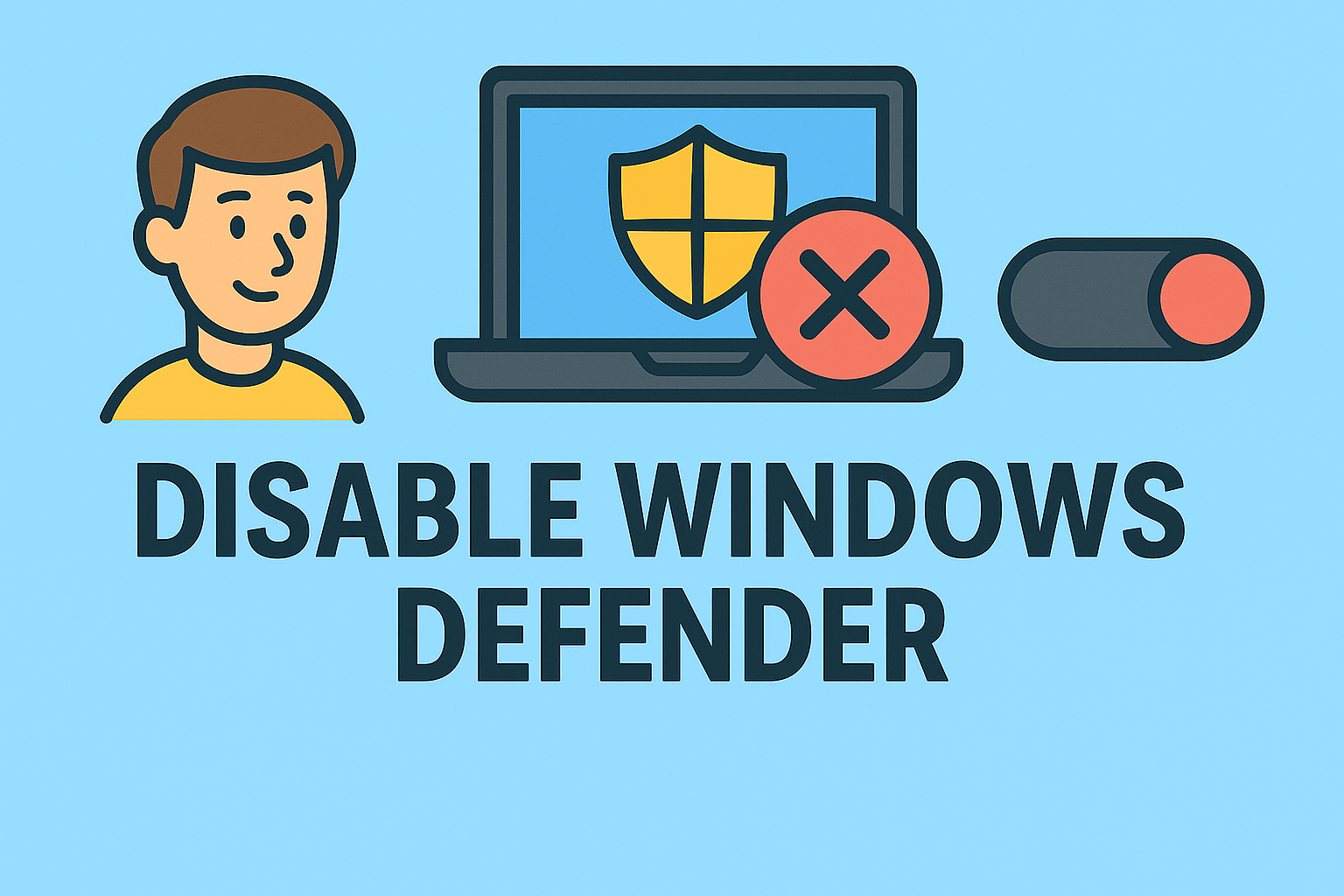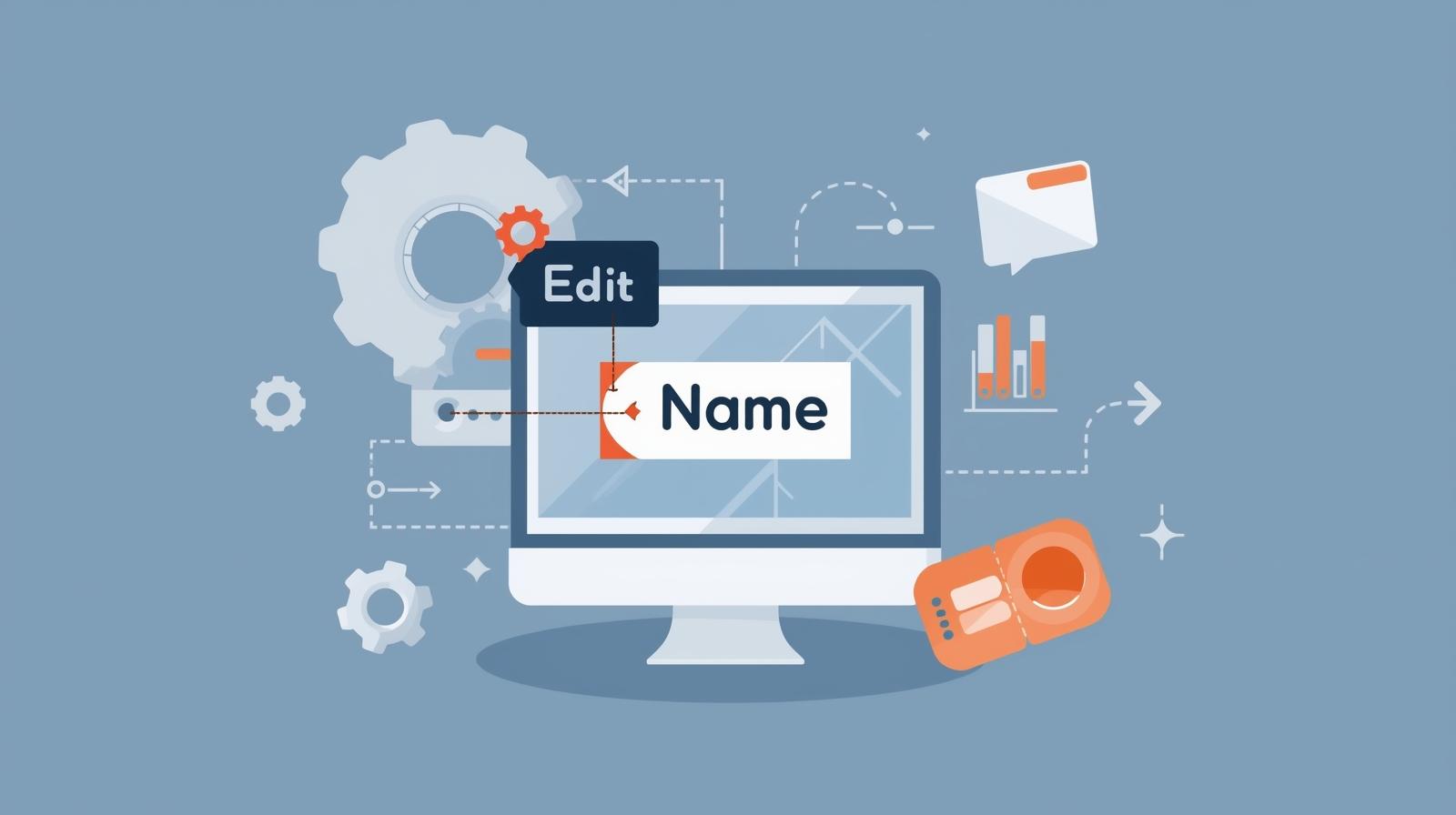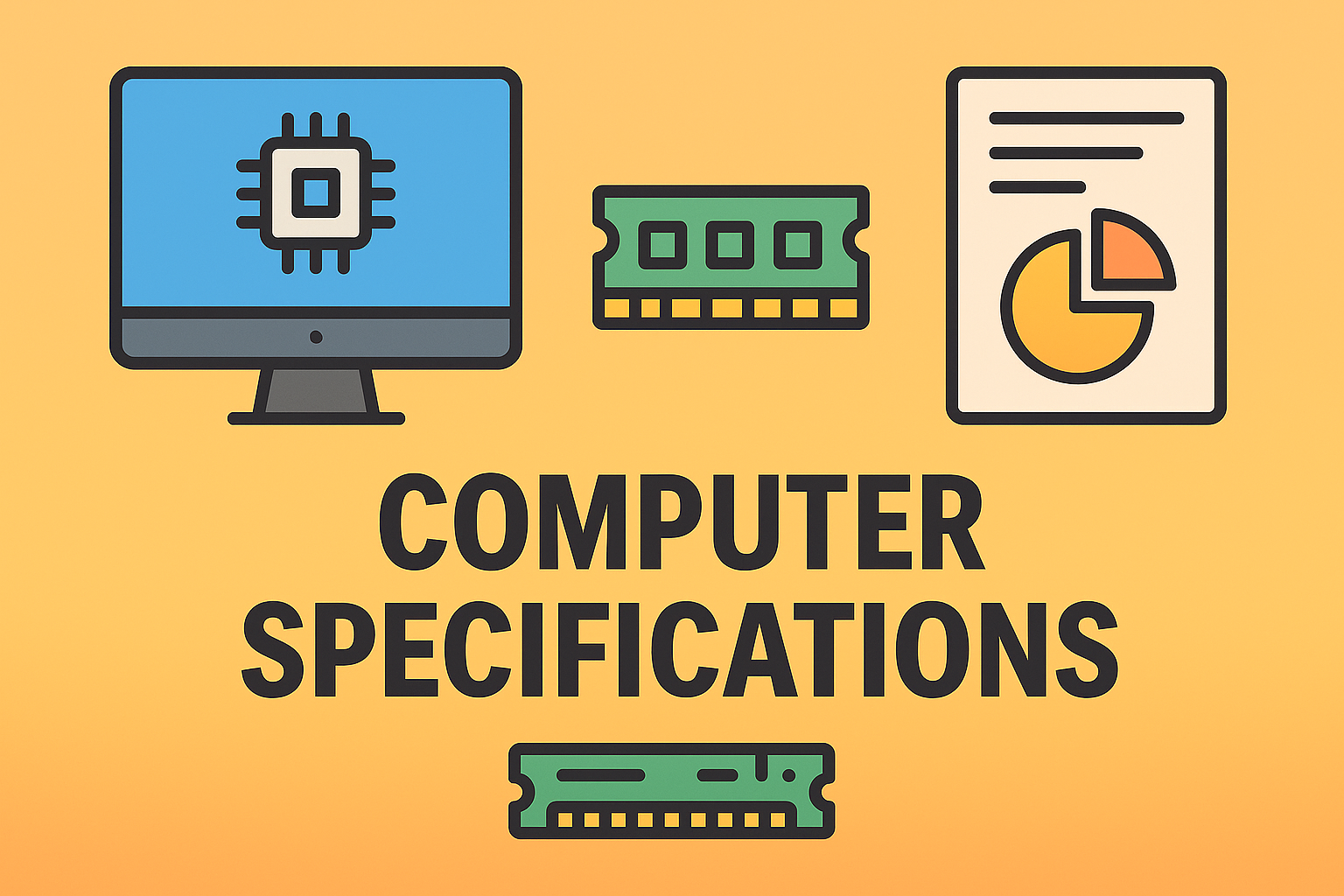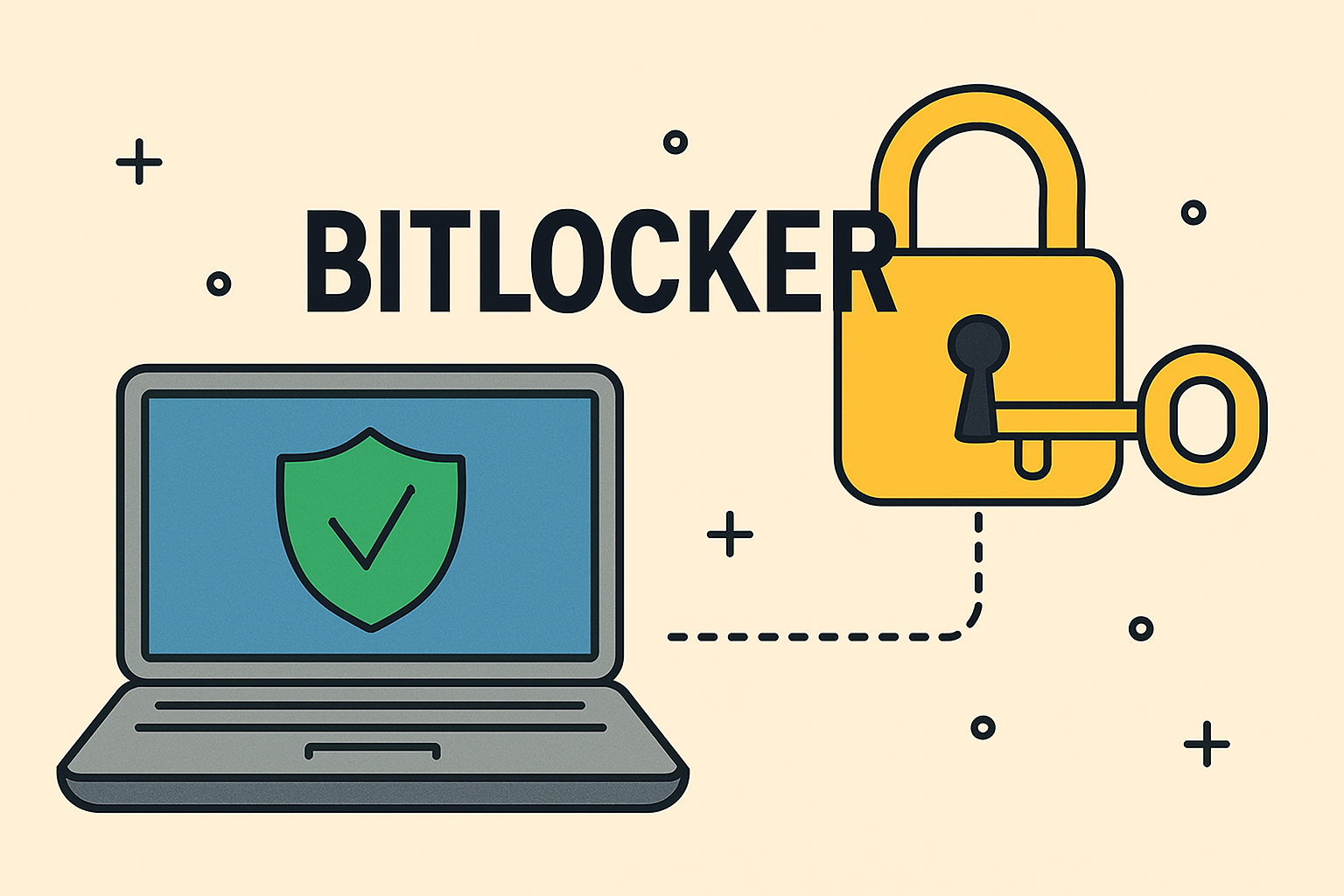The Growing Importance of Understanding Aliases in Tech and Security
Updated on June 27, 2025, by ITarian

Have you ever used a different name online or created shortcuts in your terminal? If so, you’ve already used an alias. But what does alias mean exactly?
In the ever-evolving world of cybersecurity, IT infrastructure, and online identity management, aliases play a crucial role—from simplifying commands to protecting privacy. Whether you’re a system administrator, a business leader, or a security professional, understanding the concept and impact of aliases can streamline your workflow and strengthen your defenses.
What Does Alias Mean?
The term alias originates from Latin, meaning “at another time” or “otherwise.” Today, it refers to an alternate name or identity used in place of the real one. In technology and cybersecurity, aliases are widely used across different contexts to simplify operations, conceal identity, or create user-friendly naming conventions.
Alias Definition: From Basic to Technical
At its core, an alias definition depends on the domain you’re referring to:
- General Definition: An alternative name for a person, group, or entity.
- Legal Context: A pseudonym or alternate name someone uses officially or unofficially.
- Cybersecurity & IT: A symbolic name or shortcut replacing longer identifiers like file paths, user accounts, or command-line operations.
What Is an Alias Name in Technology?
In Email and Online Identity:
An alias name in email systems is an alternative address that redirects to the same inbox. For example, support@company.com may be an alias for john.doe@company.com.
Why it matters:
- Simplifies communication.
- Masks the real identity or address.
- Helps in managing roles (like admin@, sales@, etc.)
In Network Security:
Aliases are used to assign simplified or masked identities to users or devices. It’s common in Active Directory environments, DNS entries, or user roles in databases.
Alias in Command Line: A Productivity Booster
One of the most common uses of aliases for IT professionals is in command-line environments (Linux, Unix, macOS, etc.). An alias in command line creates a shortcut for complex or frequently used commands.
Examples of Useful Command Line Aliases:
bash
CopyEdit
alias ll=’ls -la’
alias gs=’git status’
alias update=’sudo apt-get update && sudo apt-get upgrade’
Why Use Aliases in Shell?
- Speeds up repetitive tasks.
- Reduces typing errors.
- Personalizes the command-line experience.
💡 Pro Tip: Store your aliases in .bashrc or .zshrc files for persistence across terminal sessions.
Why Are Aliases Crucial in Cybersecurity?
Aliases can both improve security and privacy and also pose threats if misused.
Benefits:
- Hide actual email addresses or usernames.
- Reduce attack surface through identity obfuscation.
- Track spam or phishing attempts (using unique alias per service).
Risks:
- Aliases used maliciously can confuse identity tracking.
- Attackers may exploit weak or misconfigured aliases to bypass security layers.
Business Use Cases: Where CEOs and IT Managers Need to Know
Identity Management
CEOs and IT managers often rely on aliasing in:
- Active Directory structures
- CRM platforms
- SaaS applications
Departmental Efficiency
Aliases can streamline workflows:
- finance@company.com → routes to entire finance team
- founder@company.com → forwards to the CEO’s assistant
Role-Based Access Control
In cybersecurity frameworks like Zero Trust Architecture, aliases can help define role-based identifiers that map to various access privileges.
Top 5 Practical Ways to Use Aliases
- Email Masking for Privacy
- Use aliases when signing up for services to identify breaches.
- Command Shortcuts for DevOps
- Save time with terminal aliases for Git, Docker, and AWS CLI.
- DNS Aliases (CNAME Records)
- Point domains to other hostnames in web configurations.
- Active Directory Aliases
- Simplify group permissions and access roles.
- Alias Logins for Secure Access
- Use pseudonyms to mask real identities during remote access.
Frequently Asked Questions (FAQs)
1. What does alias mean in Linux or Unix?
An alias is a shortcut command defined by the user to simplify repetitive command-line tasks. For example, alias rm=’rm -i’ prompts for confirmation before deletion.
2. Can an alias replace a real identity?
Yes, especially in online forums, legal settings, or espionage. However, in cybersecurity and email, aliases serve more as identity masks than full replacements.
3. Is using an alias secure?
It depends. If implemented correctly (e.g., email aliasing, DNS aliasing), it adds a layer of privacy. But poor alias management can create vulnerabilities.
4. What’s the difference between a nickname and an alias?
A nickname is usually informal and personal, while an alias often has a technical, legal, or security purpose.
5. Can aliases be tracked?
Yes. While aliases obscure identity, security analysts and forensic tools can trace activity through logs, metadata, and behavioral patterns.
Conclusion: Why Every Tech Leader Should Understand Aliases
Understanding what does alias mean goes far beyond definitions. It’s about recognizing its implications across IT systems, user identities, and cybersecurity protocols.
Whether you’re scripting in Linux, configuring DNS, or managing your company’s access control system, aliases are essential for simplification, security, and efficiency.
✅ Want to secure your organization with advanced identity and access controls?
👉 Sign Up for Itarian’s Free Cybersecurity Tools













